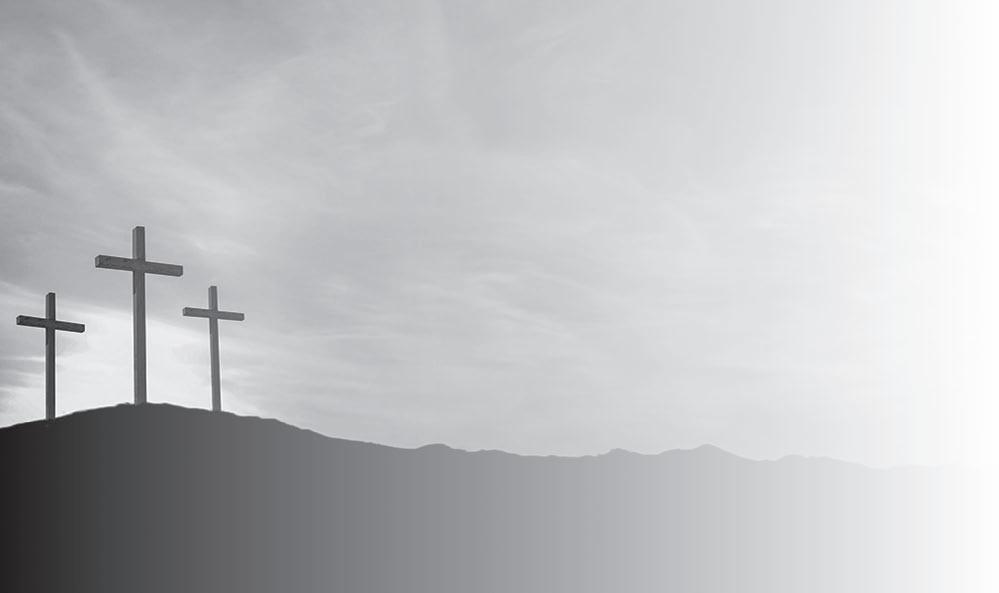
3 minute read
Enjoy A Sweet Reward - Make Your Own Chocolate Easter Bunnies
from 04.05.23 issue
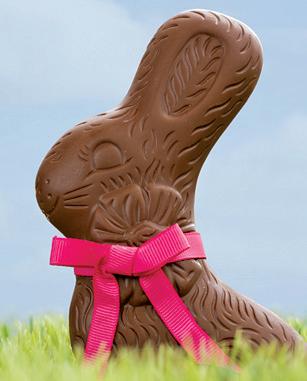
Easter bunny became a holiday standard in Germany during the 16th century.
Advertisement

The custom of chocolate eggs came along centuries after the Easter bunny, originating in the 19th century in France and Germany. As Easter cele enjoyed. While there are scores of massproduced chocolate bunnies available for purchase, and many local chocolatiers also make Easter bunnies and other sweet treats, families may want to try making their own chocolate Easter bunnies this year. This can be a familyfriendly activity that favors togetherness with the promise of a sweet reward.


1. The first step to creating chocolate Easter bunnies is to select the type of chocolate you prefer. Bunnies can be made from white chocolate, milk chocolate, dark chocolate, or even a combination for a marbleized effect. Chocolate melts, chips or chocolate couverture are widely available at specialty chocolate and food shops or craft supply stores, according to DoItYourself.com. This simplifies the bunny-making process. Some retailers also may sell bunnymaking kits that pair the chocolate melts with the mold in one box for ultimate convenience.



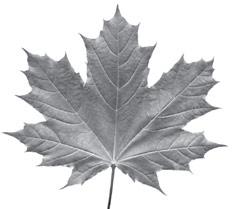



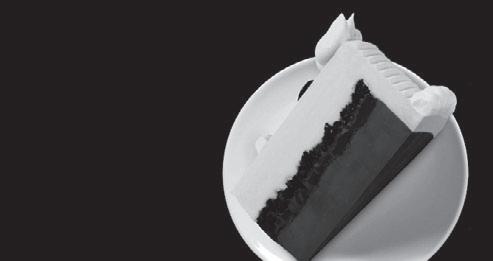
2. Craft stores also have aisles devoted to culinary crafts. Browse to find an Easter bunny mold. Some may sell solid chocolate bunnies or hollow varieties. Choose molds in the desired size, as bunny molds may be large or small.
3. Follow directions to melt chocolate successfully. Some chocolates can be slowly melted in the microwave. A doubleboiler method, in which the chocolate is melted in a bowl placed above a pan with boiling water, can help the chocolate melt consistently and prevent it from burning.
4. Pour the chocolate into the mold and gently tap the chocolate to set up in the refrigerator. If your mold is hollow, you can seal the two halves of the bunny with a little melted chocolate on the seam.
Creativity can be unleashed when making homemade chocolate bunnies. Experiment with adding a few drops of peppermint oil or orange liqueur to customize the flavor. Before sealing hollow bunnies, place peanut butter or raspberry jam inside for a tasty surprise. Use colored candy melts to add colorful eyes or cheeks or to tint the inside of the bunny ears. For an even more festive effect, seal a lollipop stick in a chocolate bunny and use it to secure the Easter bunny to the top of a cake.
Fresh Brown Eggs
Explaining The Easter Vigil
Easter is the most significant date on the calendar for Christians across the globe. A celebration of the belief in the resurrection of Jesus Christ, Easter serves as the foundation of the Christian faith. So it’s no surprise that a day as significant as Easter is steeped in such incredible tradition.



The Easter vigil is one such tradition. According to CatholicCulture.org, the vigil is a liturgy celebrated on the eve of Easter Sunday, a day known as “Holy Saturday” within the church. CatholicCulture.org notes that the Easter Vigil is divided into four parts, each with their own unique characteristics and traditions.
1. Service of Light




The atmosphere in the church is noticeably different during the Service of Light, when all lights are turned out and the tabernacle is empty. The Service of Light begins outside the church and a new fire is lit and blessed upon entering. A Paschal candle is prepared and the priest lights the candle from the new fire. The candle is processed through the church as each celebrant lights his or her own candle from the Paschal candle, which symbolizes Christ. The Easter proclamation is then sung, explaining the significance of Easter.
2. Liturgy of the Word
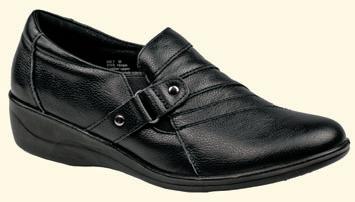
During the Liturgy of the Word, readings are chosen from among seven Old Testament and two New Testament passages. All nine need not be read, but three from the Old Testament must be read. CatholicCulture.org notes that the Gloria is sung before the reading of the Epistle of the Romans, while Alleluia is sung before the Gospel.
3. Liturgy of Baptism

During the Liturgy of Baptism, the Easter water is blessed and new members are welcomed into the church through the ceremony of baptism. The faithful in attendance who have already been baptized also renew their baptismal promises during this portion of the Easter vigil.
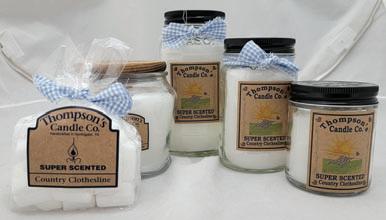
4. Liturgy of the Eucharist
The Mass resumes during the Liturgy of the Eucharist, and special prayers are inserted during the Eucharist prayer. According to CatholicCulture.org, the whole church is called to join at the sacrificial table that Christ prepared for Christians during his death and resurrection.
The celebration of Easter includes many inspiring traditions. The Easter vigil is one such tradition that the faithful participate in each Holy Saturday.











